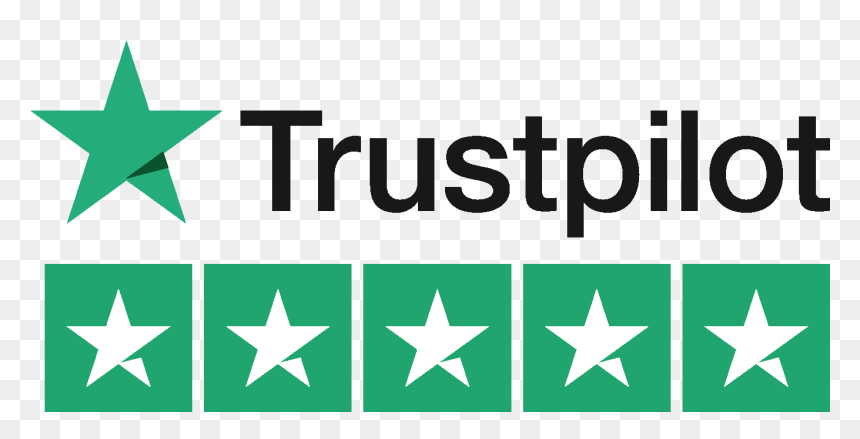In today’s rapidly evolving digital marketplace, content marketing has evolved from a popular buzzword to an essential component of successful business strategies. The effectiveness of conventional advertising methods is declining as consumers interact with brands more often online. Consequently, opportunities now exist to utilize more authentic and purpose-oriented approaches to engage with target audiences. Content marketing has emerged as the cornerstone of effective business strategies in today’s rapid digital environment, transforming how brands connect with their target audiences. The era of relying solely on traditional advertising to capture consumer attention has ended; modern consumers seek engaging, authentic, and valuable information that meets their needs and challenges. Producing and distributing high-quality content is becoming more and more important for businesses manage the deluge of Internet communications. Through engaging blog posts, educational videos, interactive social media posts, or inspiring podcasts, content marketing offers businesses to interact with their target audience. In this detailed book, we explore the essential strategies that can help companies create a solid content marketing framework, and improve their outreach.

What is the scope of content marketing?
At the core of content marketing is the generation and distribution of valuable, relevant, and consistent content, which seeks to engage and retain specific audiences while ultimately driving advantageous consumer actions. By focusing on delivering relevant and useful information to your target audience, this goes beyond conventional marketing.
Why is Content Marketing Essential?
The influence of content marketing on the success of a business is complex:
Enhances Brand Recognition: By regularly producing and distributing top-notch content, companies can position themselves as experts in their field and boost brand exposure.
Boosts Organic Traffic: Quality content can enhance your site’s SEO rankings, attracting organic visitors from search engines such as Google.
Attracts Prospects: Content marketing can draw in potential clients to your site and guide them along the sales funnel.
Establishes Customer Connections: By offering useful information and interacting with your audience, content marketing fosters robust relationships with your clients.
Boosts Customer Loyalty: Consistent and valuable content maintains consumer engagement and awareness, leading to higher customer loyalty and retention rates.
Techniques for Developing Amazing Content
Understand Your Audience: Develop an extensive understanding of their likes, requirements, and digital habits.
Establish Objectives: Determine the results you aim to obtain (e.g., generating leads, enhancing brand awareness).
Select Important Themes: Pick essential topics that pertain to your business and target audience.
Choose Formats: Opt for formats like infographics, videos, and blog posts.
Create a Timetable: Plan and structure content to be shared consistently.
Improve: Implement SEO techniques and clear calls to action to increase visibility and promote interaction.
Monitor & Evaluate: Assess performance and modify your strategy according to data insights.

Types of Content:
Take into account the preferences of your audience:
Blog articles: Adaptable for multiple subjects, optimized for SEO.
Videos: Captivating and easily shareable, ideal for showcasing or narrating stories.
Infographics: Elegantly designed visual material created from data.
Social media posts: Brief, captivating material.
Podcasts: Foster community involvement and offer detailed perspectives.
Ebooks/White papers: Comprehensive materials for generating leads.
Develop a Content Schedule:
Prepare in advance: Arrange your resources ahead of time to ensure consistency and prevent hasty efforts at the last minute.
Editorial Calendar: Use a tool or spreadsheet to track topics, formats, launch dates, and assigned creators.
Content Improvement:
SEO: Improve your content for search engines by including relevant keywords and following SEO guidelines.
Calls to Action (CTAs): Use clear and compelling CTAs to guide your audience toward desired actions (e.g., “Learn More,” “Purchase Now,” “Register”).
Supervise and Assess:
Key Metrics: Monitor website traffic, social media engagement, lead generation, and conversion rates.
Adjust Your Strategy: Leverage data to identify what works and what does not. Adjust your content strategy based on your findings.
To summarise:
In today’s online landscape, selecting the appropriate content for your business is vital for achieving success. By comprehending your audience, setting clear goals, and developing a cohesive content strategy, you can successfully connect with your target market, enhance brand credibility, and achieve your business aims.
contact us:+971 55 4943599








